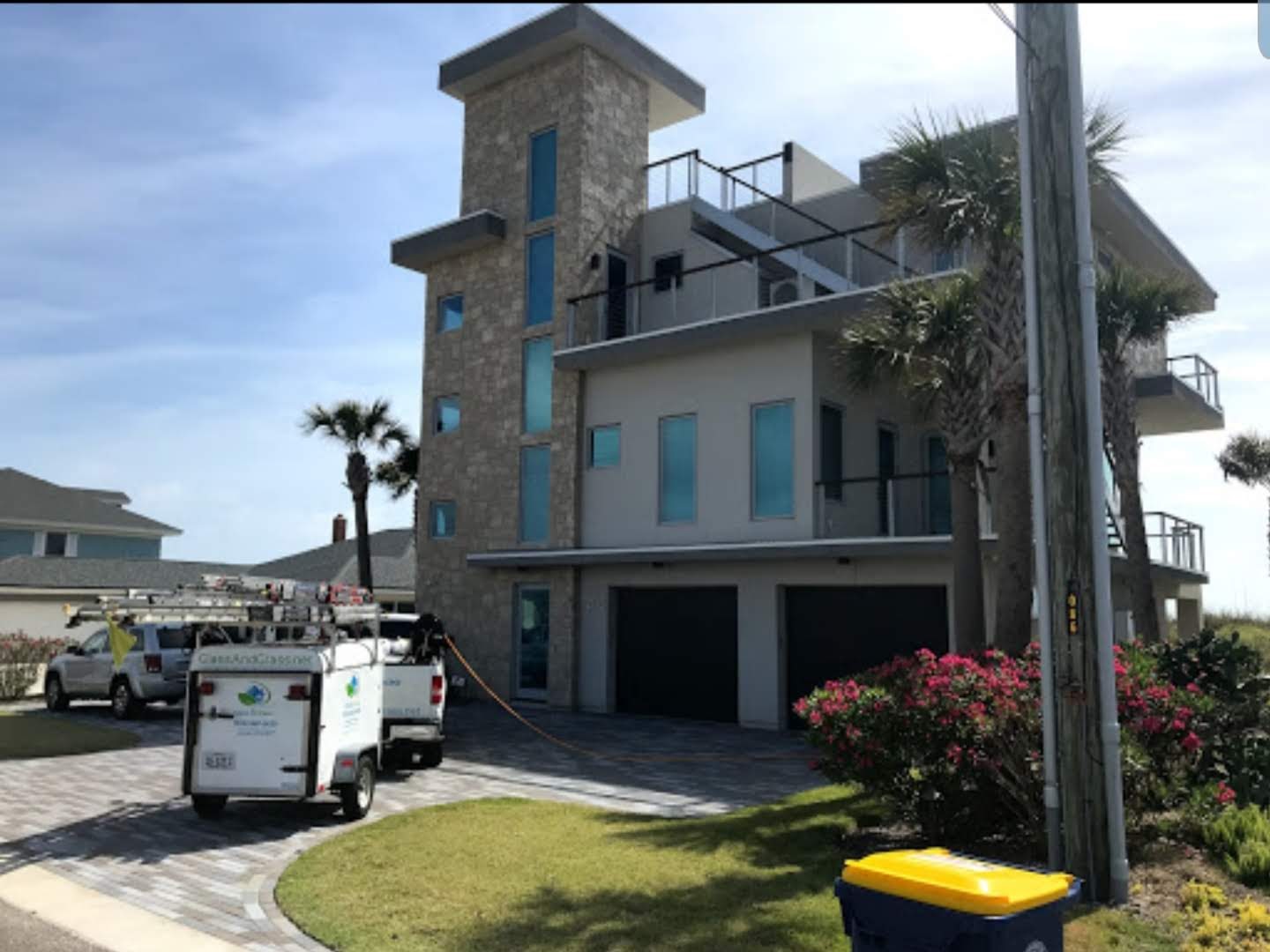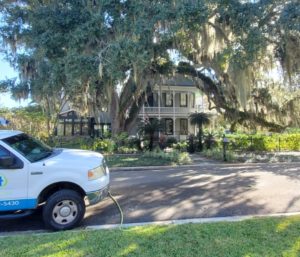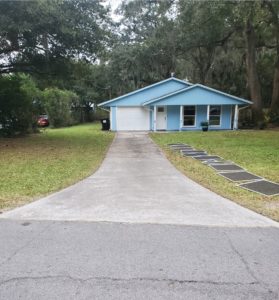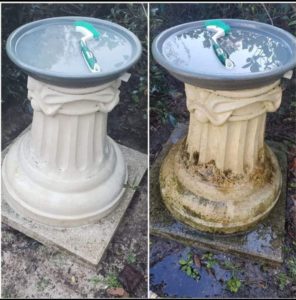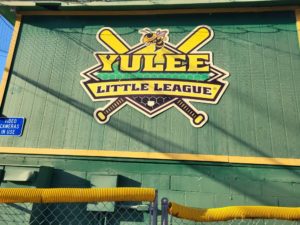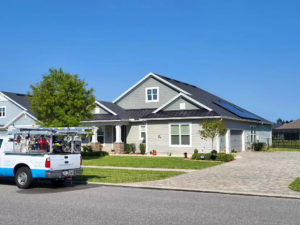The Ultimate Guide to Pricing Your Pressure Washing Services: Find the Perfect Rates for Your Business
Pressure washing services have become a popular choice for homeowners and businesses to maintain the cleanliness and appearance of their property. However, with numerous pressure washing companies available in the market, finding the right pricing strategy can be a challenging task. In this blog post, we will discuss the ultimate guide to pricing your pressure washing services and finding the perfect rates for your business.
Understand Your Business Overhead Costs:
Before pricing your pressure washing services, it is essential to understand your business overhead costs, including equipment, supplies, insurance, and labor. Start by calculating the total cost of the equipment and supplies you will be using in your business, including the cost of pressure washers, hoses, nozzles, cleaning agents, and other equipment. You should also consider the cost of business insurance, which includes liability insurance and workers’ compensation insurance. Lastly, calculate the cost of labor, including any salaries or wages you may need to pay to employees.
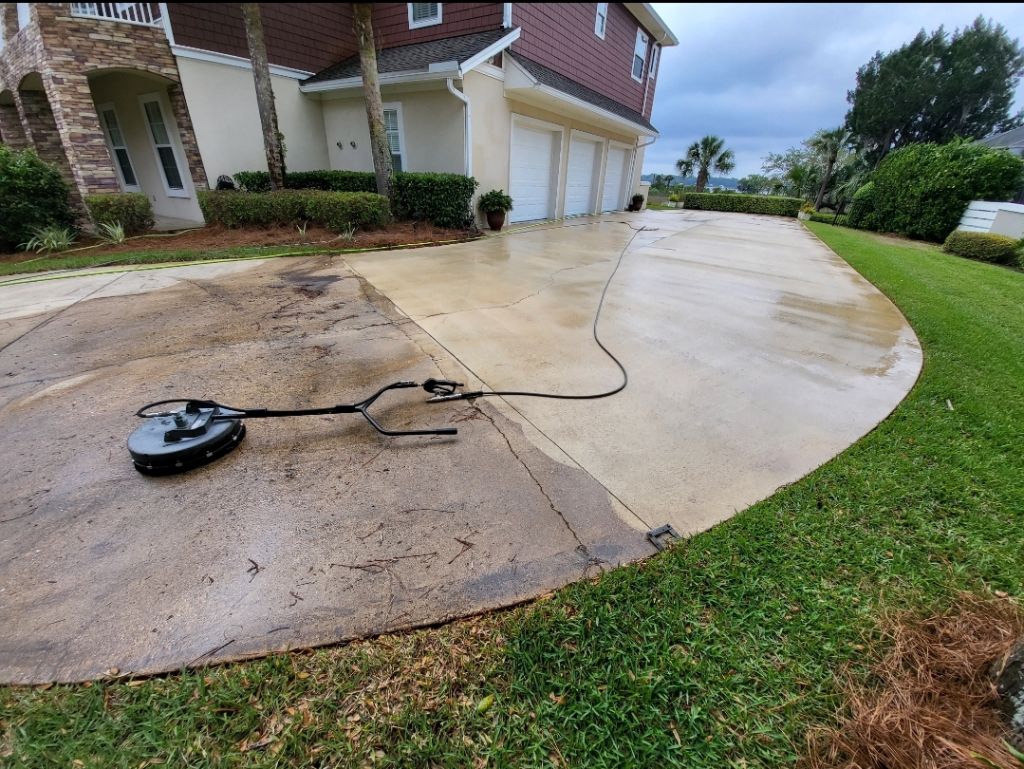
Research Your Competition:
Once you have a clear understanding of your overhead costs, it’s time to research your competition to determine their pricing strategies. Check out their websites, social media profiles, and other marketing materials to see what services they offer and at what rates. This information will help you develop a pricing strategy that is competitive yet profitable and ensures you are not pricing yourself too low or too high.
Consider Your Service Offerings:
Creating a robust pricing strategy for your service offerings is a critical component of your business success. Implementing a tiered pricing model that includes a basic, premium, and deluxe service package can effectively cater to diverse customer needs and optimize your revenue streams. Here’s a comprehensive breakdown of how this strategy works and its benefits.
Basic Service
The basic service package serves as the entry-level offering, targeting customers who need essential services without the added frills. This package is designed to be cost-effective, making it accessible to a broader audience, including budget-conscious clients. The basic service should cover the fundamental aspects of your service offerings, ensuring that even at this level, customers receive quality and value. By offering a low-cost option, you attract new clients who might be hesitant to commit to a higher-priced package initially. Once they experience the value you provide, there’s potential to upsell them to more comprehensive packages in the future.
Premium Service
The premium service package is positioned as the mid-tier option, providing a balance between cost and additional features. This package should include all the elements of the basic service, plus extra benefits that enhance the overall experience. These benefits could include faster turnaround times, more personalized service, additional support options, or exclusive features that are not available in the basic package. The premium tier is often where businesses see the highest customer conversion rates, as it offers a significant upgrade from the basic package without the cost of the deluxe package. Customers opting for the premium service typically seek a higher level of service and are willing to pay more for these added benefits.
Deluxe Service
The deluxe service package represents the top-tier offering, catering to customers who desire the best and are willing to pay a premium for it. This package should encompass all features of the basic and premium services, plus exclusive high-end benefits that justify the higher price point. These could include personalized consulting, priority access to new features, comprehensive support, and additional customization options. The deluxe service is designed for clients who value premium quality and are looking for a complete, hassle-free experience. By offering this high-end option, you not only cater to affluent customers but also set a high standard for your service quality, which can enhance your brand’s prestige.
Benefits of a Tiered Pricing Model
- Customer Choice: A tiered pricing model empowers customers to select the service level that best fits their needs and budget. This flexibility can improve customer satisfaction and loyalty, as clients feel they have control over their spending.
- Increased Revenue: By offering multiple pricing tiers, you can capture a wider market segment. Customers who might shy away from a high-priced, one-size-fits-all service can opt for the basic package, while those seeking more value can choose the premium or deluxe options. This approach can significantly boost your overall revenue.
- Upselling Opportunities: With a clear value ladder, it becomes easier to upsell customers from the basic to the premium or deluxe packages. Demonstrating the additional benefits and value of higher tiers can encourage customers to upgrade.
- Market Differentiation: A tiered pricing strategy can help differentiate your services in a competitive market. By clearly outlining what each package offers, you can highlight the unique value of your services compared to competitors who may not offer as much transparency or flexibility.
- Cost Management: This model allows you to align your service offerings with your operational costs more effectively. You can allocate resources according to the service tier, ensuring that higher-priced packages cover the additional costs of providing premium features.
A tiered pricing strategy with basic, premium, and deluxe service packages not only caters to a diverse customer base but also maximizes your business’s profitability. By providing clear options and added value at each tier, you can attract more customers, enhance their satisfaction, and drive long-term business growth.
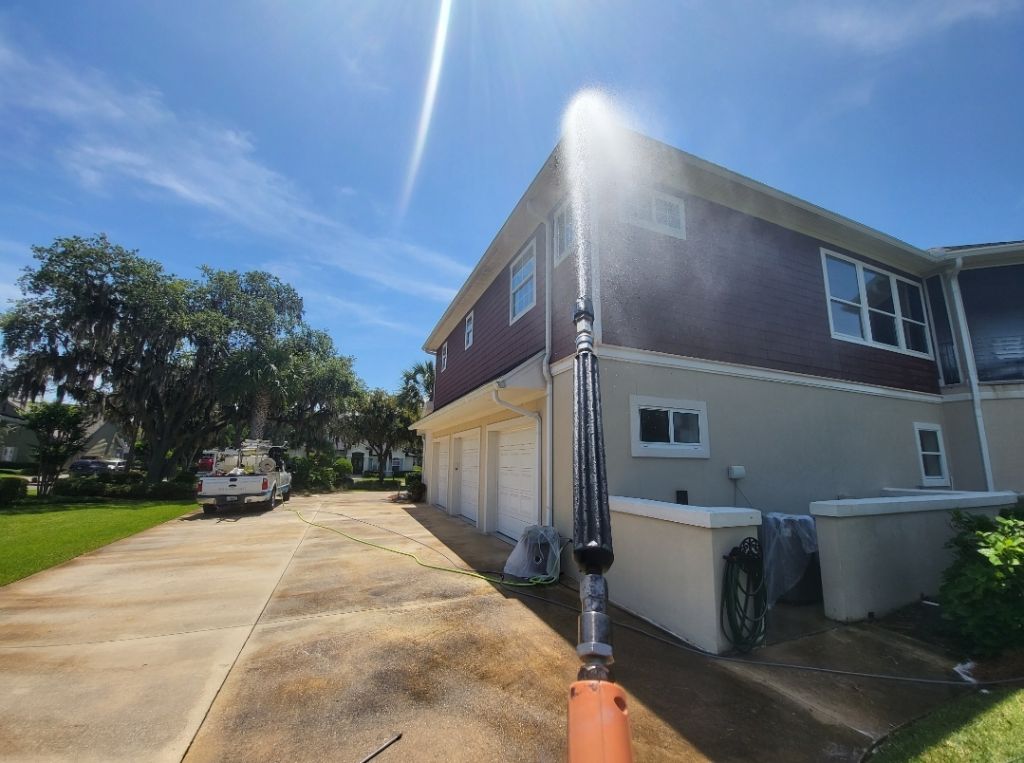
Factor in Travel Time and Distance:
As a pressure washing business owner, it’s essential to factor in travel time and distance when pricing your services. You may want to charge an additional fee for locations further from your business to cover additional travel expenses such as gas, tolls, and wear and tear on your vehicle. The easiest way to do this is to charge a flat fee or an hourly rate plus a mileage fee.
Build Your Profit Margin:
Finally, remember to build your profit margin into your pricing strategy. You need to make sure you are charging enough to cover your costs and make a profit. Most businesses aim for a 20% to 30% profit margin. However, the right profit margin for your business will depend on your goals, business costs, and competition.
Pricing your pressure washing services can be a tricky task, but an effective pricing strategy is vital to the success of your business. By understanding your business overhead costs, researching your competition, and considering your service offerings, travel time, and distance, you can develop a pricing strategy that is both competitive and profitable. Finally, remember to build your profit margin into your rates so you can continue to grow your business and provide professional pressure washing services to your customers.
https://www.google.com/maps?cid=664192561973241055


